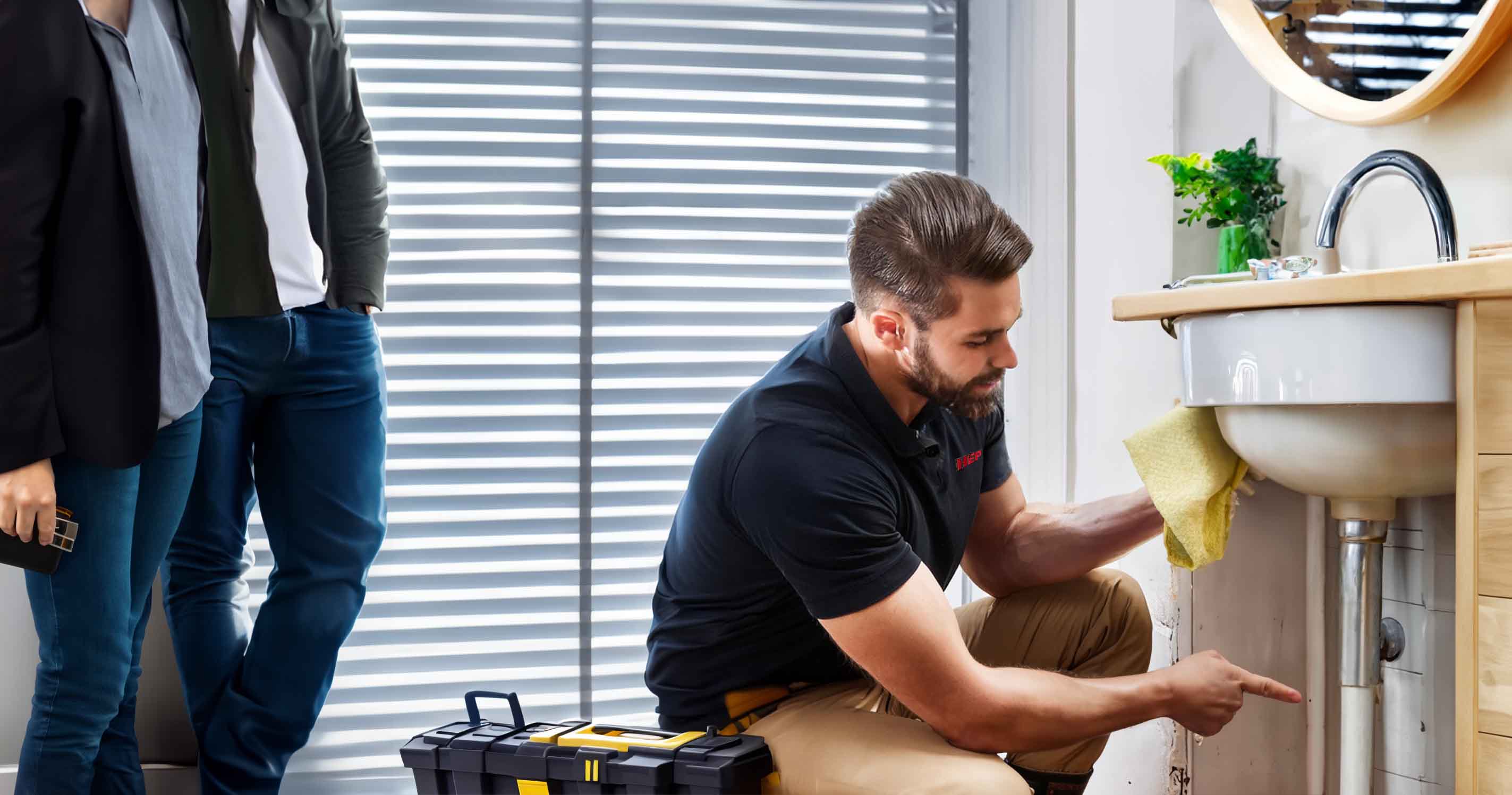

Energy-efficient Strategies
Your trusted partner for professional home services. Quality workmanship, guaranteed satisfaction.




- HEP
- Energy-efficient Strategies
Energy-efficient Strategies | Water Purification | Plumbing | Greenback
Imagine turning on the tap and knowing every drop has traveled through a smart, low-energy pathway designed by HEP. Our innovative systems combine advanced filtration media with precision-engineered pumps that sip electricity, not gulp it, delivering crystal-clear water while trimming utility costs. With sensors that learn your household’s rhythms and self-adjust in real time, routine maintenance shrinks to a few taps on your phone and the days of wasteful standby cycles disappear.
At the heart of this approach is water purification that goes beyond removing contaminants—it actively recovers heat, re-pressurizes with variable-speed drives, and channels reclaimed energy back into your plumbing loop. The result is up to 60 % less power consumption compared to conventional setups, all while extending appliance lifespan and reducing your carbon footprint.
Ready to future-proof your home? HEP’s technicians handle everything from retrofits to new builds, tailoring each installation to local water profiles and rebate programs in Greenback. Schedule a no-obligation assessment today and experience efficiency that tastes as good as it feels.
FAQs
What is an energy-efficient water-purification system, and how does it work?
Energy-efficient purification combines high-performance filtration (such as advanced carbon blocks, ultrafiltration, or reverse-osmosis membranes) with low-wattage pumps, smart sensors, and demand-based operation. Instead of running continuously, the system activates only when flow is detected or a storage tank needs replenishing. This reduces electricity use by 30-70 % compared with conventional units while still removing sediments, chlorine, heavy metals, microbes, and other contaminants common to Greenback’s municipal and well water supplies.
How can upgrading my plumbing and purification equipment lower both utility bills and environmental impact?
Modern circulation pumps use ECM (electronically commutated motor) technology that consumes up to 85 % less power than legacy pumps. Pairing these with low-restriction piping, well-insulated hot-water lines, and heat-recovery units means the water heater runs less often, saving gas or electricity. On the purification side, high-rejection-rate membranes waste fewer gallons, while energy-saving standby modes eliminate idle draw. A typical Greenback household can cut water use by 4,000–6,000 gal and slash energy costs by $80–$140 per year.
Which purification technologies are best suited to Greenback’s water quality profile?
Testing shows Greenback water typically has moderate hardness (80–120 ppm), occasional iron, and chlorine/chloramine disinfectants. A two-stage approach is recommended: 1. Whole-house sediment + catalytic carbon filter to remove chlorine, gases, tastes, and odors while protecting plumbing. 2. Point-of-use reverse osmosis or ultrafiltration at kitchen taps for drinking and cooking water, equipped with an energy-efficient permeate pump to reduce wastewater and electricity consumption. If hardness is above 120 ppm, an energy-star-certified salt-efficient softener or TAC (template assisted crystallization) conditioner can be added upstream.
Will choosing an energy-efficient system affect my water pressure or the quality of the treated water?
No—properly sized high-efficiency pumps and smart valves maintain the same delivery pressure as standard units. Variable-speed motors ramp up only when demand rises, so you still get a strong, consistent flow during showers or appliance use. Filtration quality is equal or better because membranes and media operate within optimal pressure ranges, ensuring effective removal of contaminants without excessive energy use.
What routine maintenance is required to keep an energy-efficient purification setup performing optimally?
• Replace sediment and carbon pre-filters every 6–12 months (or per sensor alert) to protect downstream membranes. • Sanitize RO or UF systems annually to prevent biofilm buildup. • Inspect and clean pump strainers quarterly; ECM pumps have fewer moving parts but still need debris removal for peak efficiency. • Check system programming: verify sleep/standby modes, timer settings, and leak-detection shut-offs after any power outage. • Monitor water pressure and total dissolved solids (TDS) with the system’s built-in meters; a 15–20 % rise in TDS indicates membrane replacement time.
Are incentives available in Greenback for installing energy-efficient plumbing and purification equipment?
Yes. Tennessee Valley Authority (TVA) and local utility programs often offer $50–$150 rebates for Energy Star-certified circulation pumps, high-efficiency water softeners, and heat-recovery drain units. EPA WaterSense fixtures may qualify for additional $1 per gal annual water-savings credits on your municipal bill. Federal tax credits (up to 30 % of cost, capped at $600 for pumps) under the Inflation Reduction Act also apply when the equipment meets CEE Tier 2 efficiency tiers. Always keep purchase receipts and manufacturer efficiency certifications to submit with your rebate or tax paperwork.